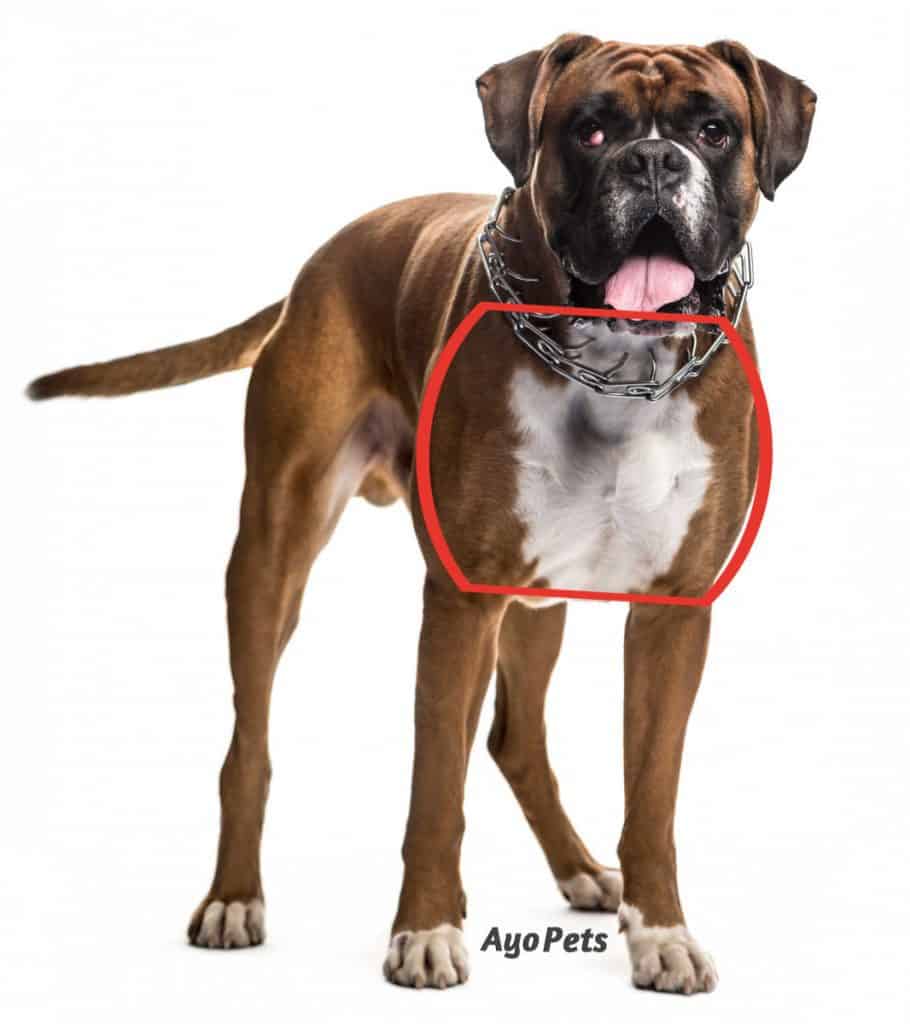[et_pb_section fb_built=”1″ _builder_version=”3.22″][et_pb_row _builder_version=”3.25″ background_size=”initial” background_position=”top_left” background_repeat=”repeat”][et_pb_column type=”4_4″ _builder_version=”3.25″ custom_padding=”|||” custom_padding__hover=”|||”][et_pb_text _builder_version=”4.4.6″ z_index_tablet=”500″ text_text_shadow_horizontal_length_tablet=”0px” text_text_shadow_vertical_length_tablet=”0px” text_text_shadow_blur_strength_tablet=”1px” link_text_shadow_horizontal_length_tablet=”0px” link_text_shadow_vertical_length_tablet=”0px” link_text_shadow_blur_strength_tablet=”1px” ul_text_shadow_horizontal_length_tablet=”0px” ul_text_shadow_vertical_length_tablet=”0px” ul_text_shadow_blur_strength_tablet=”1px” ol_text_shadow_horizontal_length_tablet=”0px” ol_text_shadow_vertical_length_tablet=”0px” ol_text_shadow_blur_strength_tablet=”1px” quote_text_shadow_horizontal_length_tablet=”0px” quote_text_shadow_vertical_length_tablet=”0px” quote_text_shadow_blur_strength_tablet=”1px” header_text_shadow_horizontal_length_tablet=”0px” header_text_shadow_vertical_length_tablet=”0px” header_text_shadow_blur_strength_tablet=”1px” header_2_text_shadow_horizontal_length_tablet=”0px” header_2_text_shadow_vertical_length_tablet=”0px” header_2_text_shadow_blur_strength_tablet=”1px” header_3_text_shadow_horizontal_length_tablet=”0px” header_3_text_shadow_vertical_length_tablet=”0px” header_3_text_shadow_blur_strength_tablet=”1px” header_4_text_shadow_horizontal_length_tablet=”0px” header_4_text_shadow_vertical_length_tablet=”0px” header_4_text_shadow_blur_strength_tablet=”1px” header_5_text_shadow_horizontal_length_tablet=”0px” header_5_text_shadow_vertical_length_tablet=”0px” header_5_text_shadow_blur_strength_tablet=”1px” header_6_text_shadow_horizontal_length_tablet=”0px” header_6_text_shadow_vertical_length_tablet=”0px” header_6_text_shadow_blur_strength_tablet=”1px” box_shadow_horizontal_tablet=”0px” box_shadow_vertical_tablet=”0px” box_shadow_blur_tablet=”40px” box_shadow_spread_tablet=”0px”]
A dog’s eating habits can also increase bloat risk—those who eat quickly, eat from raised bowls, or eat a single large meal each day are more likely to bloat. Feed your dog at least two smaller meals per day, and avoid feeding from elevated bowls. Use food puzzles to encourage your pup to slow down while eating.
If you notice your dog unsuccessfully attempting vomit, contact us immediately. GDV is a medical emergency, so the veterinary medical team will immediately begin IV fluids and work to manage your dog’s pain. If X-rays confirm a GDV diagnosis, the team will need to sedate your dog before passing a tube through her esophagus to decompress the stomach.
When your pet is stable, surgery will be recommended. During surgery, we’ll assess damage to her organs and perform a procedure called gastropexy, which attaches the stomach to the abdominal wall to prevent future twisting, although it will not prevent future episodes of bloat.
Want to learn more about canine bloat and how to prevent it? Visit the American Kennel Club’s website.
Dog breeds and breed types that are usually deep-chested
A barrel-chested dog has a wide chest in front, which is shaped much like a barrel. The top and bottom of the chest area are fairly straight and even, with wider rounded shoulders on the sides. The bottom of the chest is usually in line with or above the elbows of the front legs.
Barrel-chested dogs usually have thicker necks and their front legs are further apart than deep- and round-chested dogs.
Here is a picture of a barrel-chested Boxer – see how the chest has a barrel shape to it?

A dog’s size doesn’t determine the type of chest they have. Any size dog can be barrel-chested, even small- and medium-sized dogs.
Bigger barrel-chested dogs often have a lot of strength and power in the front of their bodies, where a lot of their muscle sits. Medium and bigger dogs with barrel chests were often bred for baiting, hunting, fighting, digging, or guarding.
But some smaller barrel chests, such as pugs, were simply bred to be companions.
Barrel-chested dogs often love playing hide and seek games or chewing on strong dog toys. Click here to find out how to get your dog’s toys sparkling clean without harming your dog.
Health Issues Associated With Deep–Chested Canines
Without a doubt, you can differentiate between a deep chest and a barrel chest. However, these breeds are prone to various diseases. Here are health issues that affect dog breeds with deep chests.
Deep-chestedness is a condition where the chest extends to or below the dog’s elbows, making them narrower and deeper than the normal chest of dogs. Deep-chested dogs are affected by a deadly condition known as bloat.
Also known as gastric dilatation-volvulus (GDV), it causes gas to build up in the dog’s stomach, blocking the entrance and exit of the stomach. When this happens, gas and food can not pass through the digestive system, which also reduces circulation in the digestive organs. When this happens, you will notice symptoms such as:
Retching is a condition that makes the stomach try vomiting. However, it does not cause vomit at all. When bloat affects deep-chested dog breeds, you will notice that they try vomiting, but nothing comes out at all.
The second symptom is pain. Typically, pain results due to many reasons. For example, bloated dogs with pain will become restless, and sometimes they might not feed properly.
Another symptom is distention of the abdomen. Since gas builds up, leading to bloat, your dog’s abdominal system will swell and protrude outside.
Apart from pain, your dog’s heartbeat will become abnormal, in that it will beat at a high rate. From this, the shock might occur. Since it is a deadly condition, your dog might die. However, you can resort to emergency treatment such as surgery to correct the condition.
With that in mind, here is the correlation between this deadly disorder and your dog’s body structure.
Health Risks You Should Know About for Your Deep-Chested Dog | Wag!
When you are planning to bring a new dog into your home, you have a lot to think about and consider before choosing the right breed.
If you are looking for a dog that will do a task or job, you will want to make sure it is built to handle that task.
The way a dog is shaped or what it was originally bred to do can determine how well it can perform certain duties.
Many working dogs have either a deep chest or a barrel chest. While the chest shape may not seem like a big deal, it could help you determine what each breed is built to do.